Enhanced D-12 Type Design for Maximum Efficiency
The Ünal Laboratory Flotation Machine, inspired by the widely recognized D-12 type design, has been modernized and upgraded to provide superior usability, precision, and repeatability in flotation testing. It is designed for mineral processing laboratories that require reliable, efficient, and easy-to-use flotation equipment.
Unlike conventional models, our flotation machine eliminates outdated manual controls and introduces advanced electro-mechanical and digital systems, improving ease of operation and accuracy.
KEY UPGRADES & BENEFITS
✅ Enhanced D-12 Type Flotation Technology – Optimized for better usability & precision
✅ Electro-Mechanical Column Control – No more manual crank wheels! Smooth, effortless lifting & lowering via a hand controller
✅ Digital Speed Adjustment – Replaces old pulley & belt system! Set impeller speed with a simple potentiometer (0 – 2880 rpm)
✅ Integrated Air Flow Control – Fine-tune air delivery with adjustable float flowmeters (1 – 12 L/min)
✅ Versatile Flotation Cells – 1, 2, 3, and 4-liter AISI 316 stainless steel or plexiglass cells available
✅ Repeatability & Reliability – Designed for precise, repeatable flotation tests, ensuring consistent experimental results
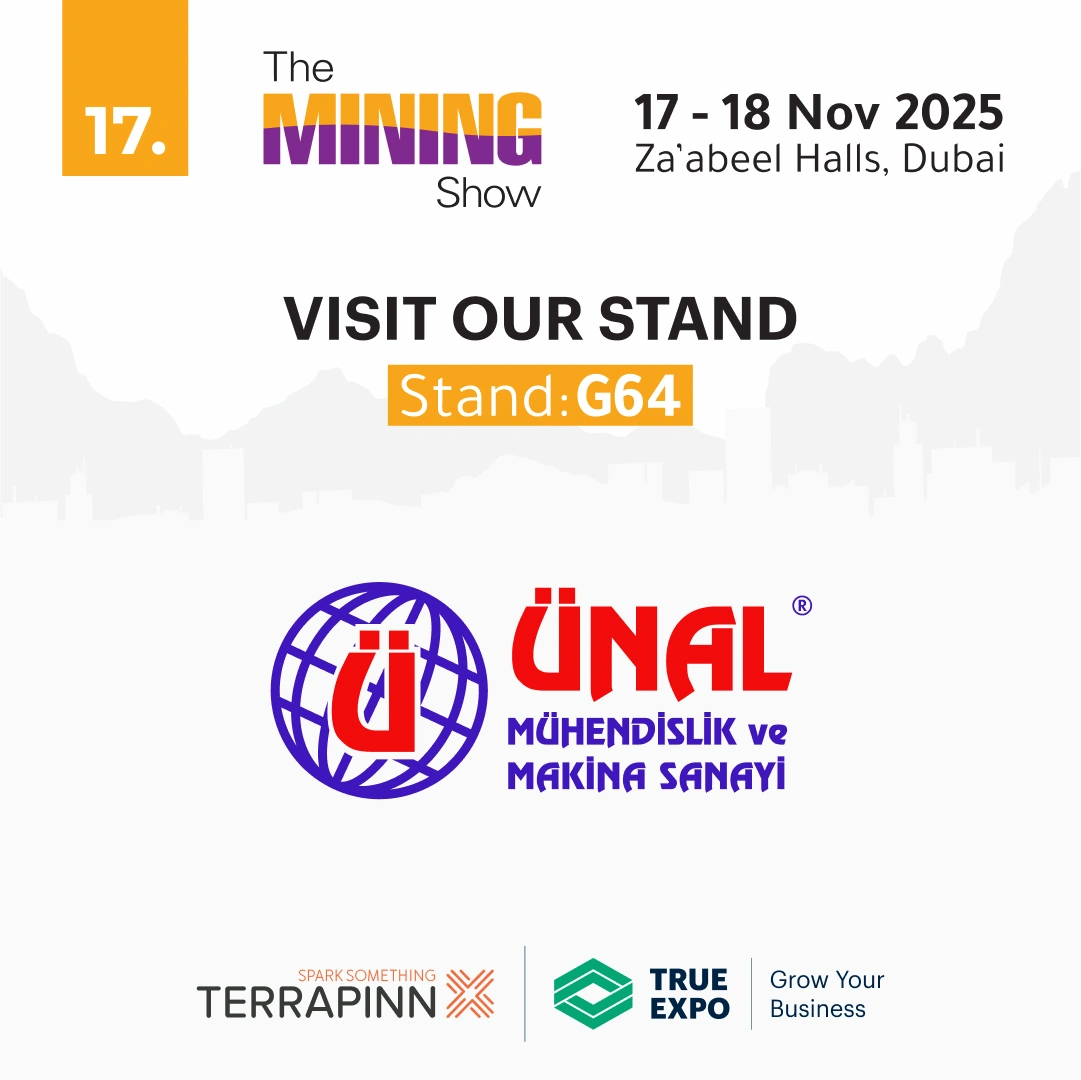
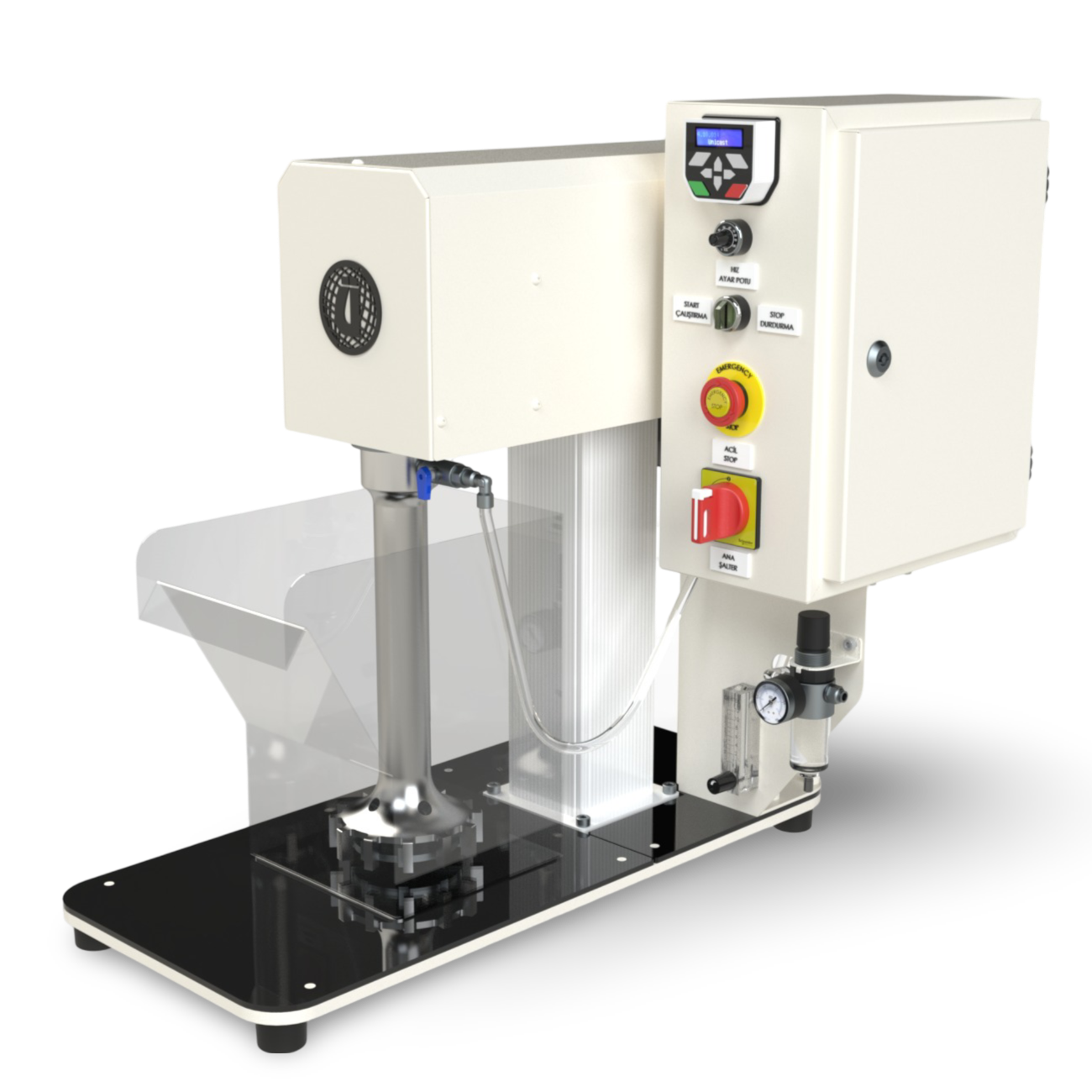
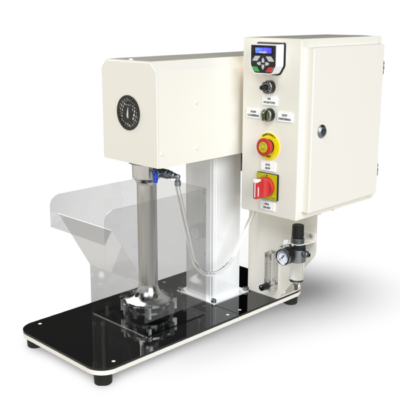





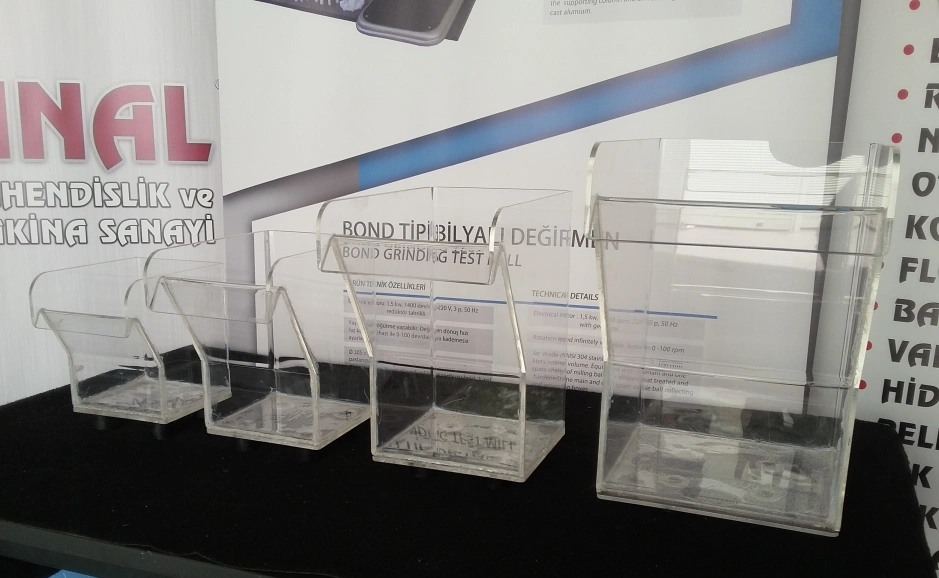

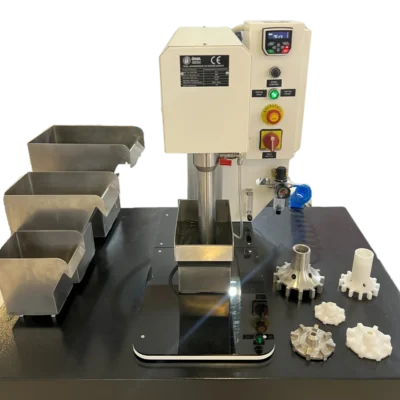
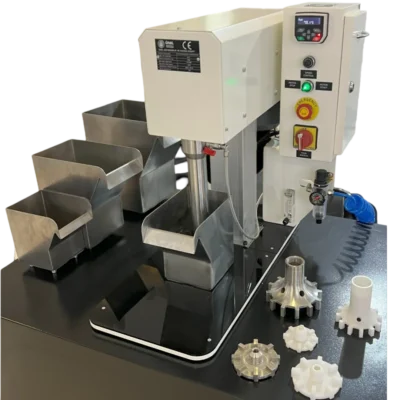

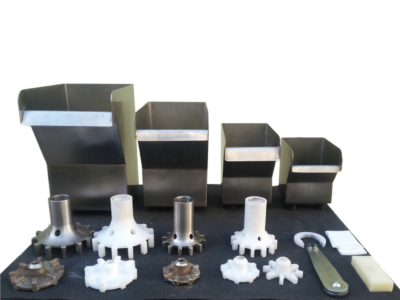
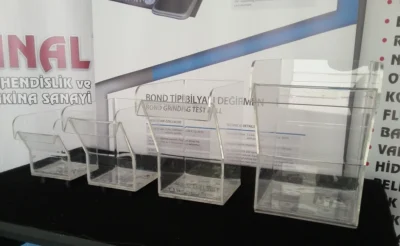
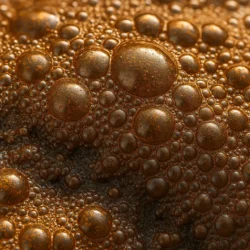 Sulfide Minerals: Sulfide minerals containing copper, lead, zinc, and molybdenum are enriched by flotation. Examples include:
Sulfide Minerals: Sulfide minerals containing copper, lead, zinc, and molybdenum are enriched by flotation. Examples include: